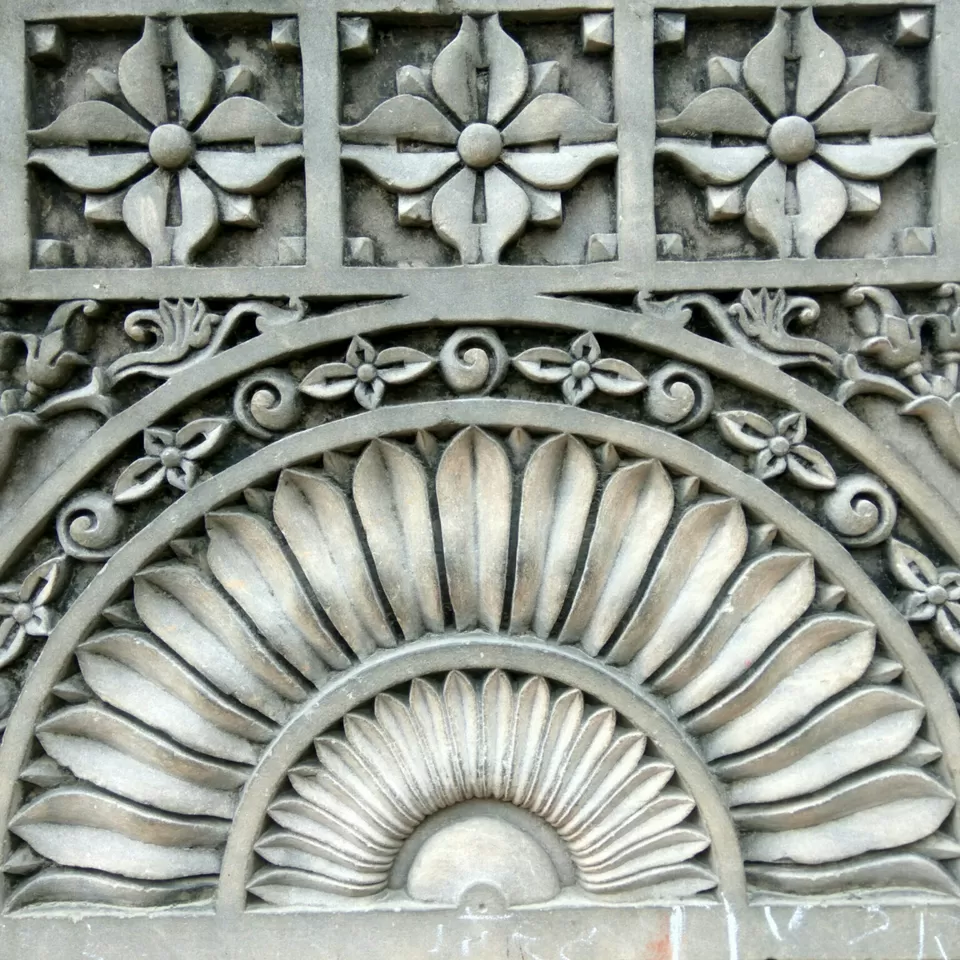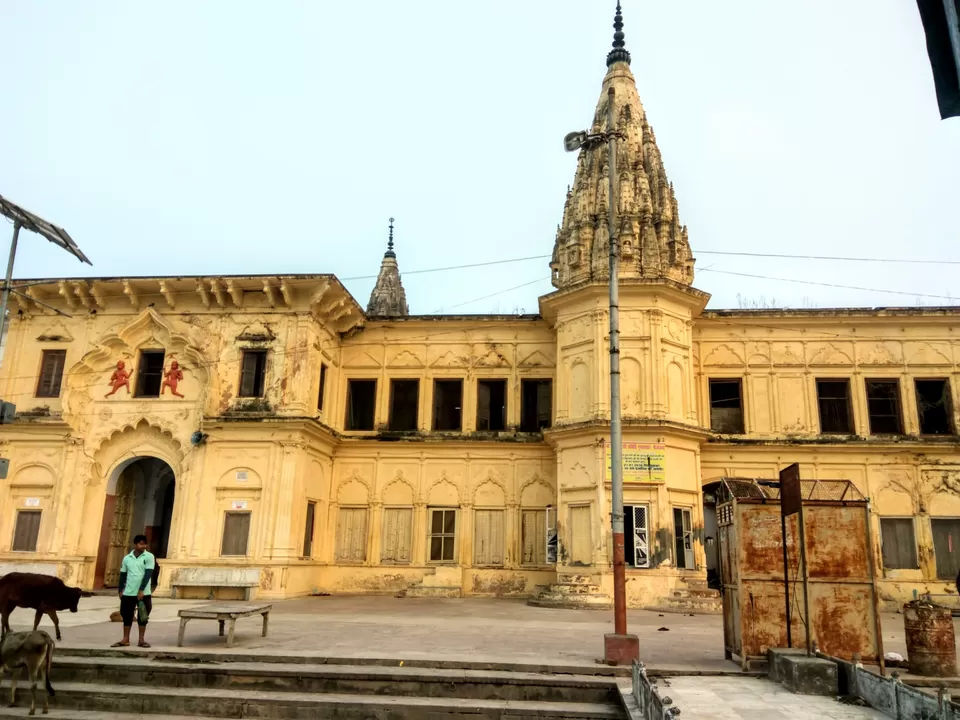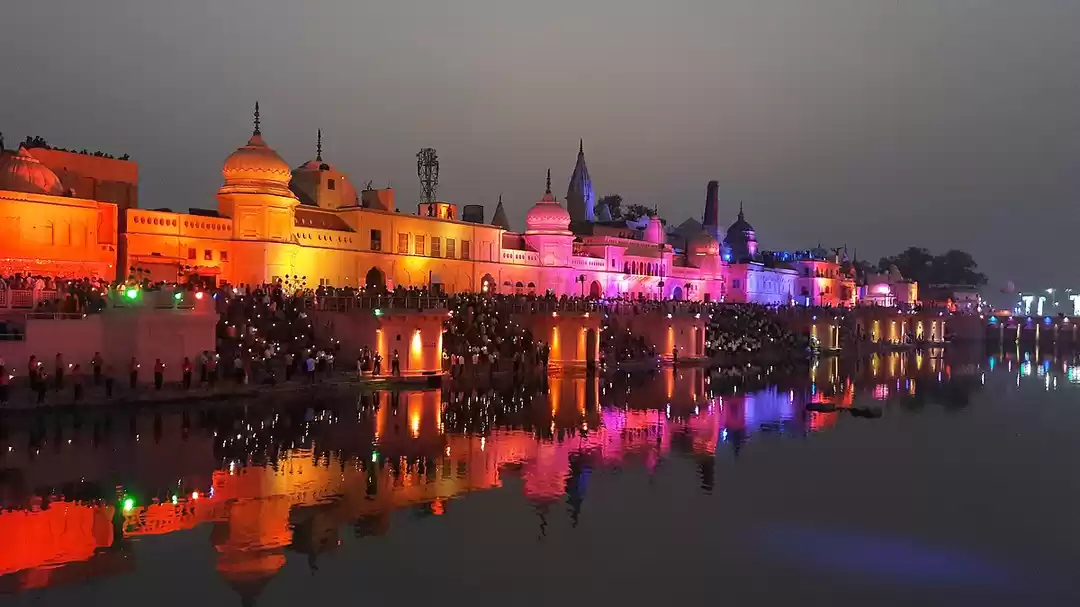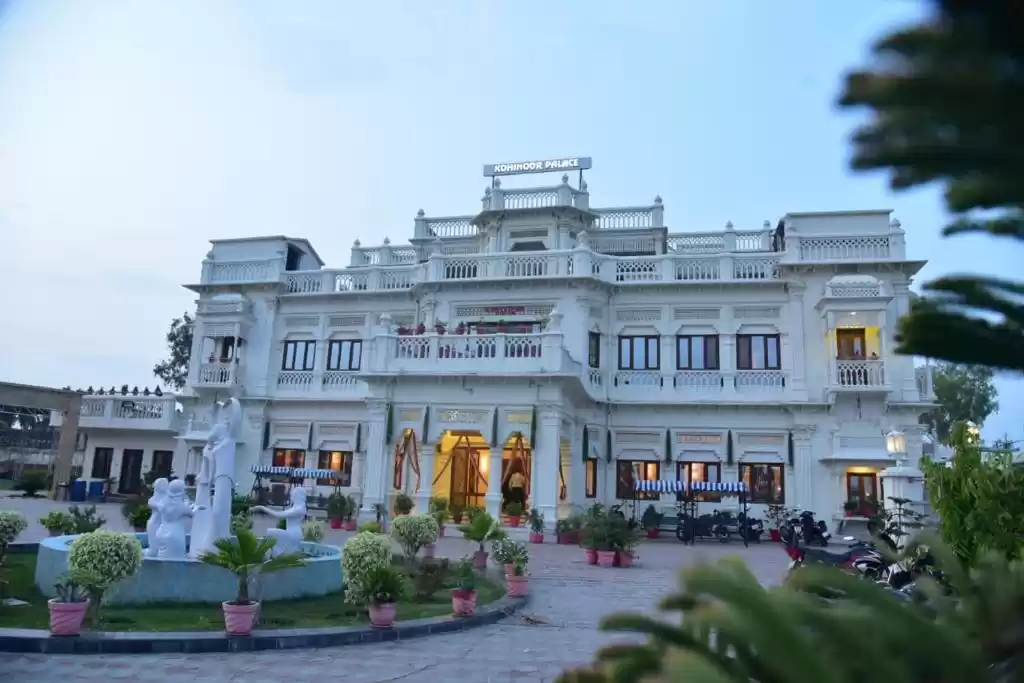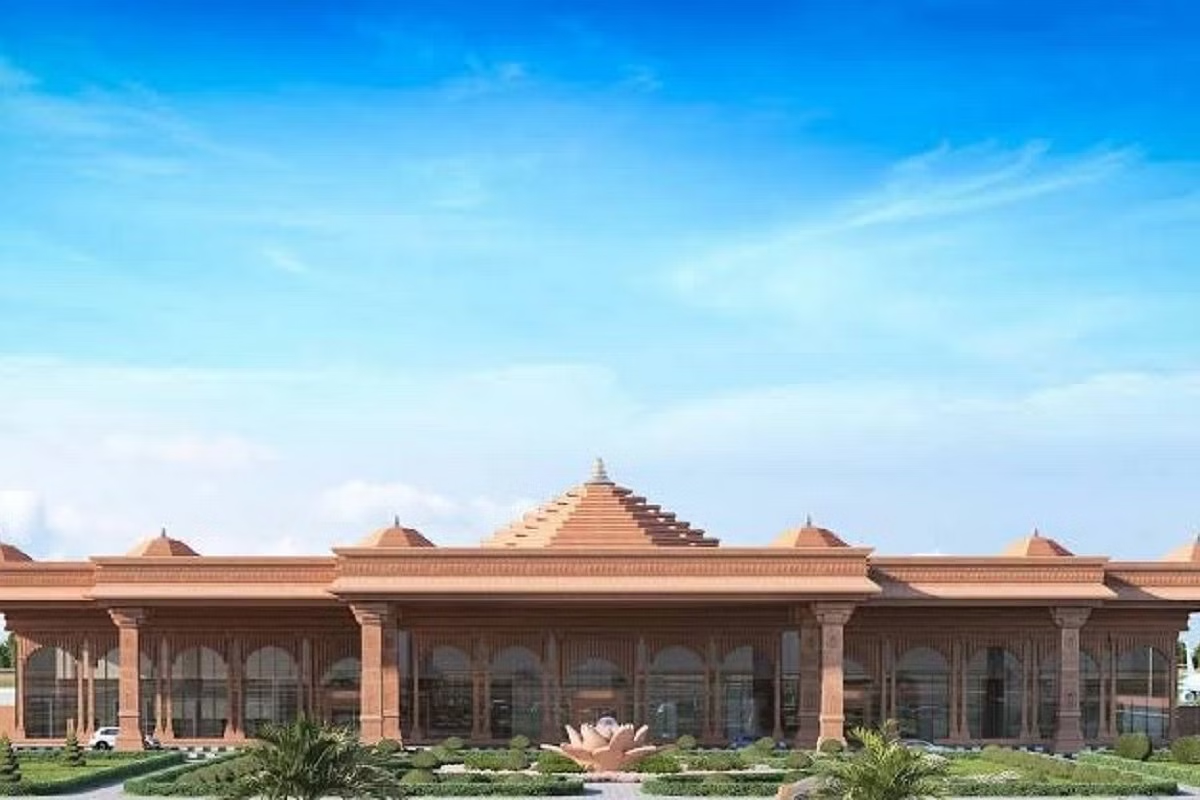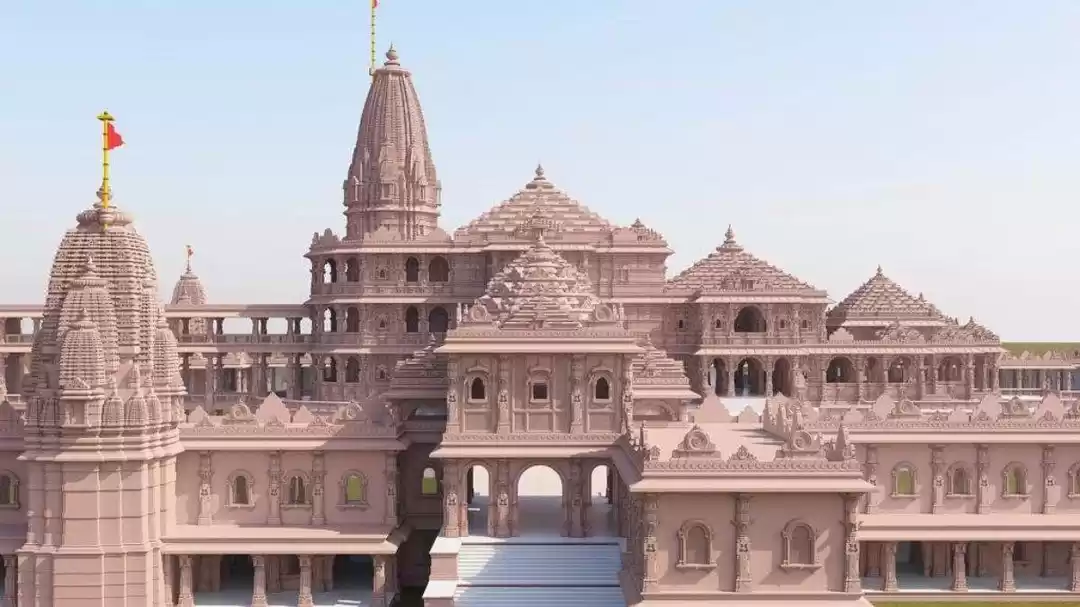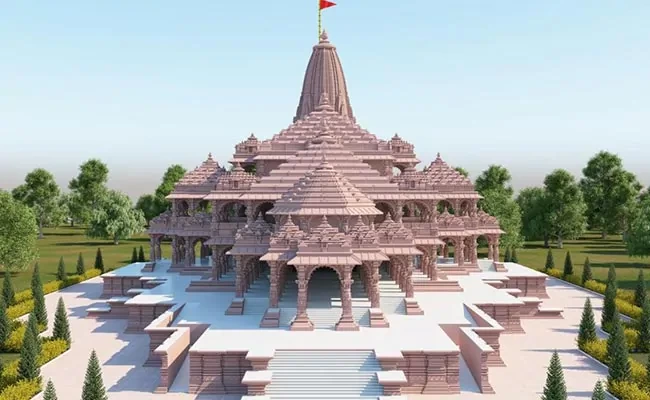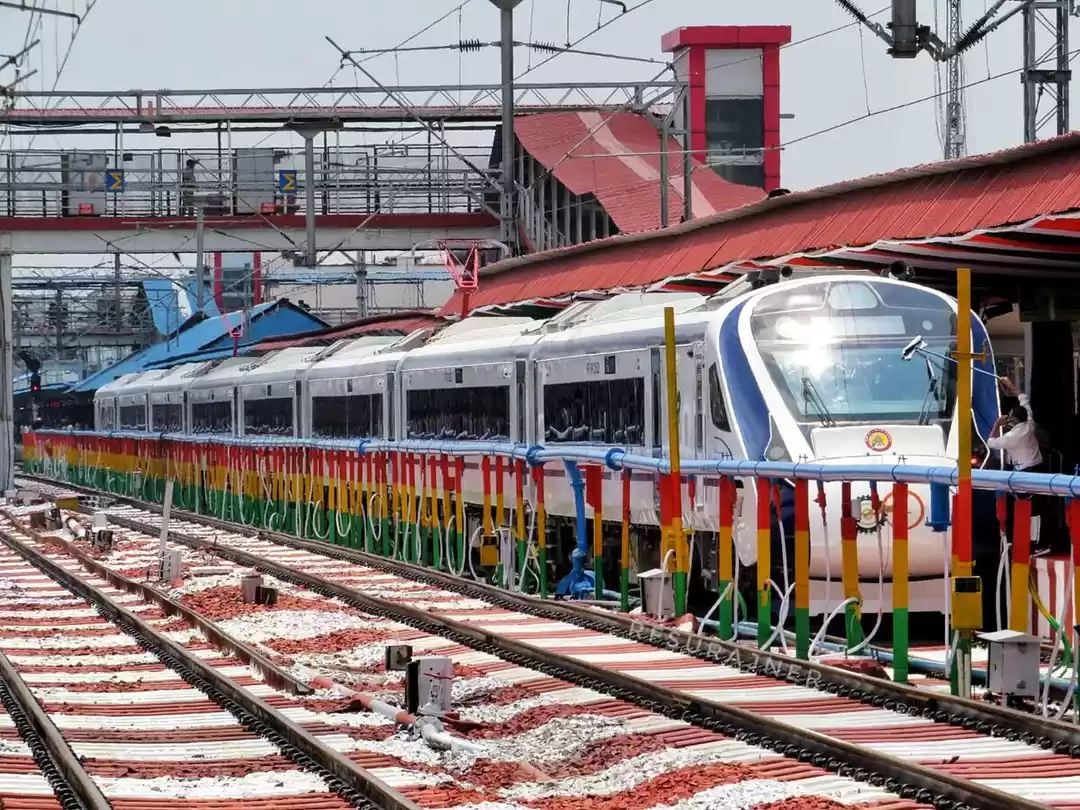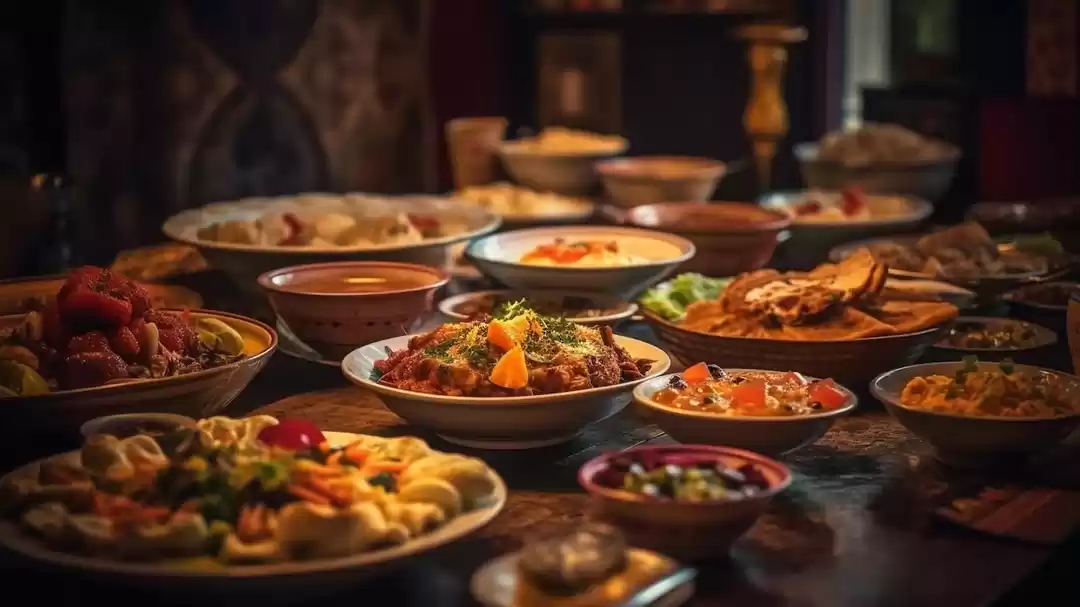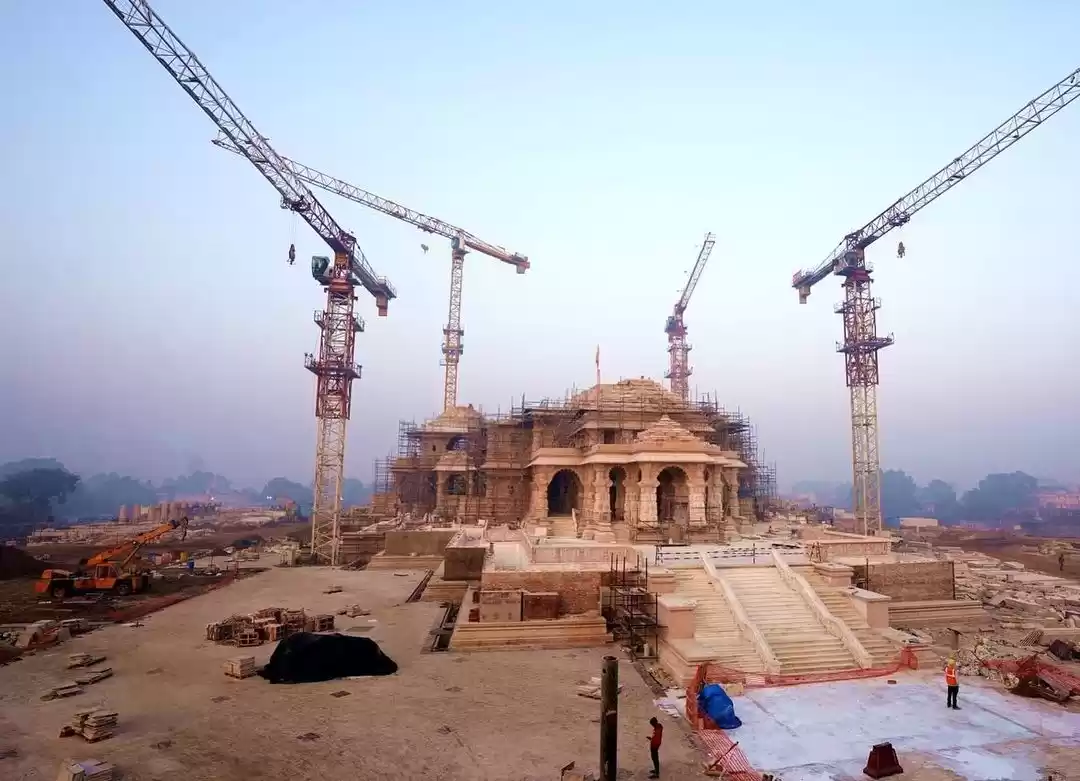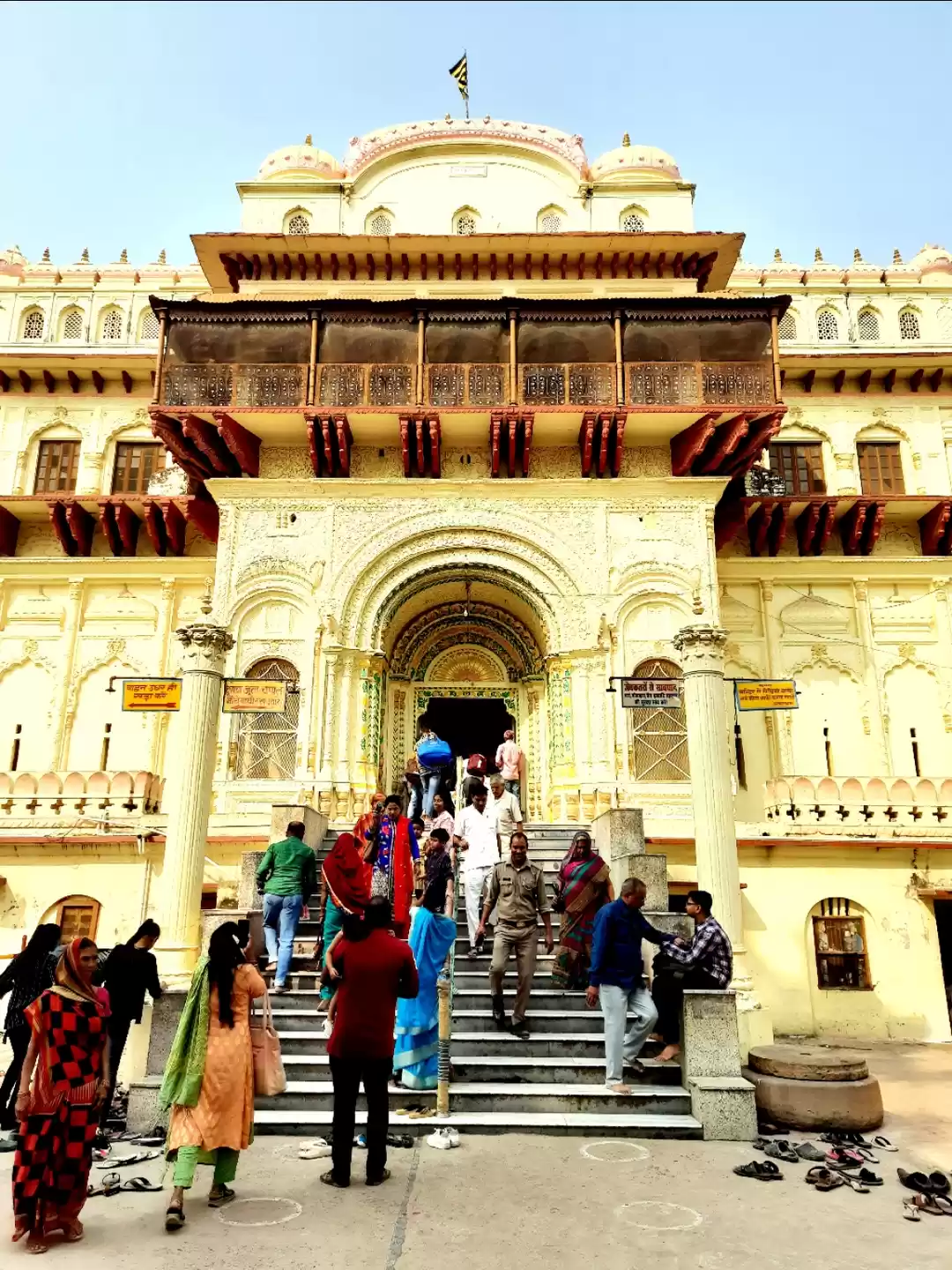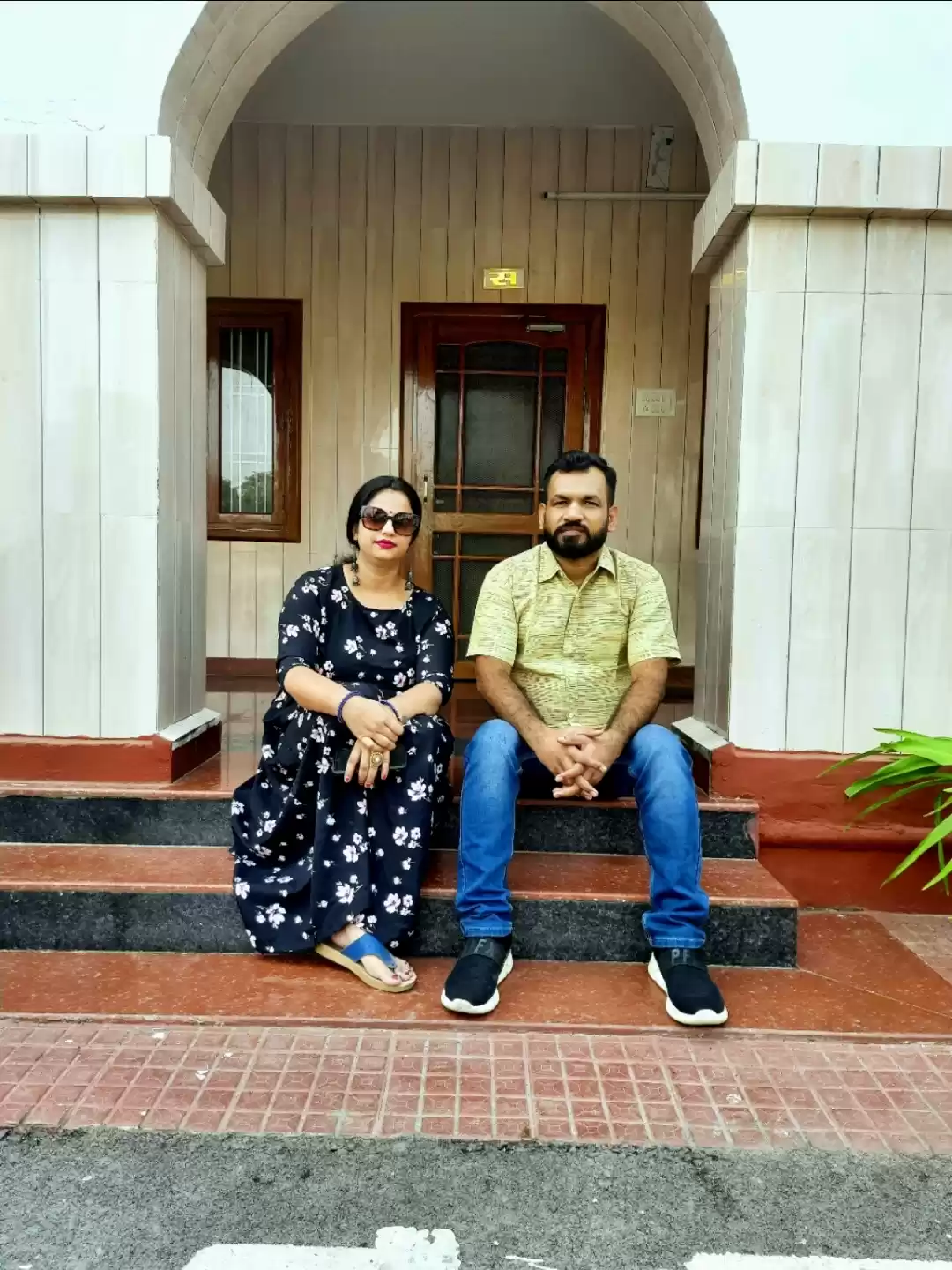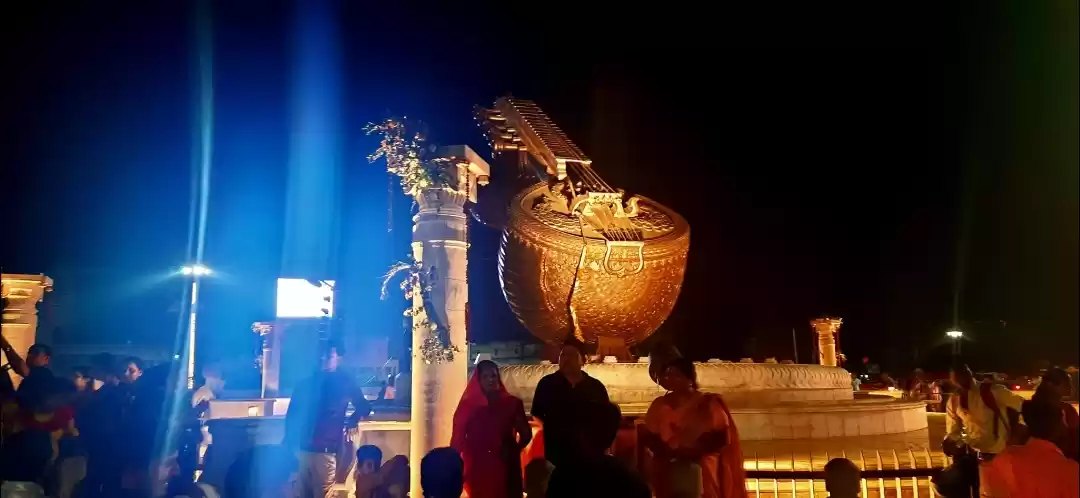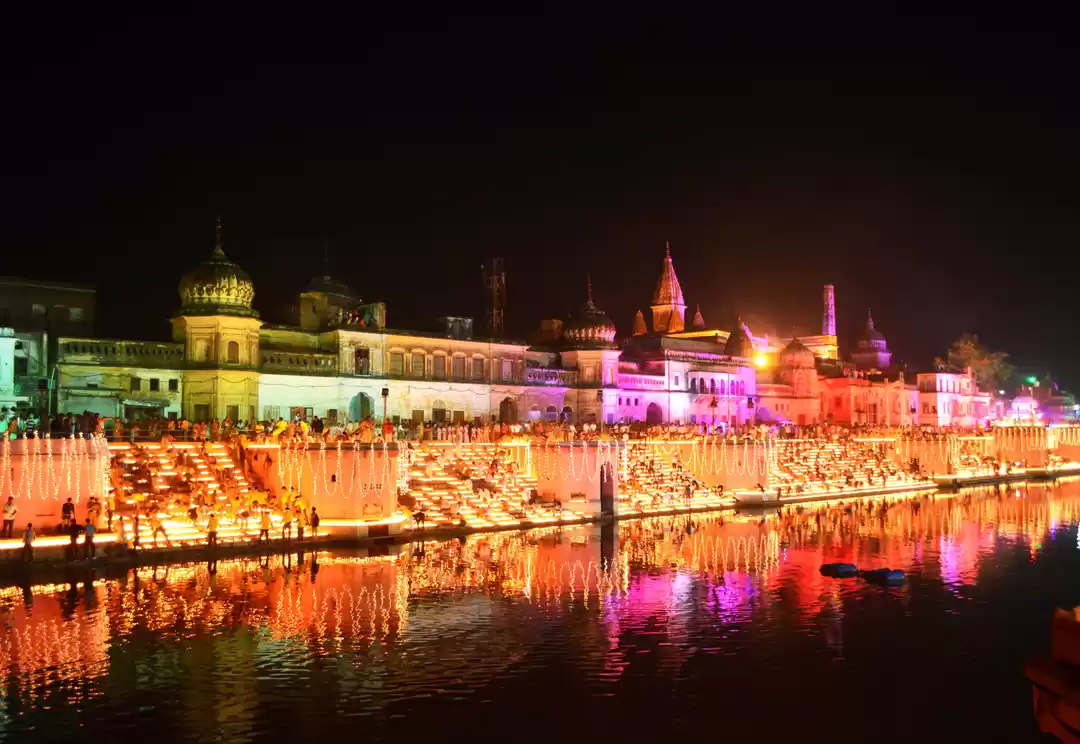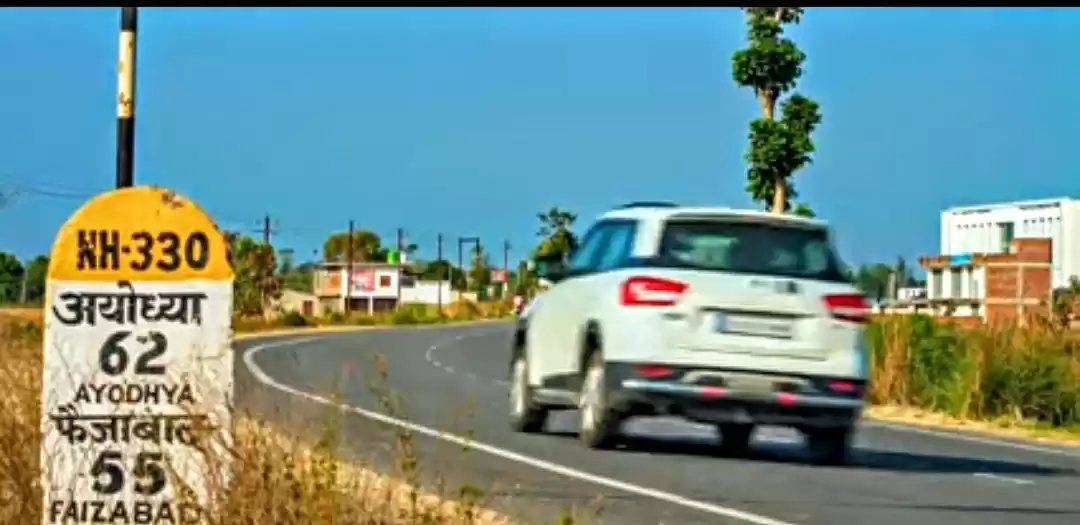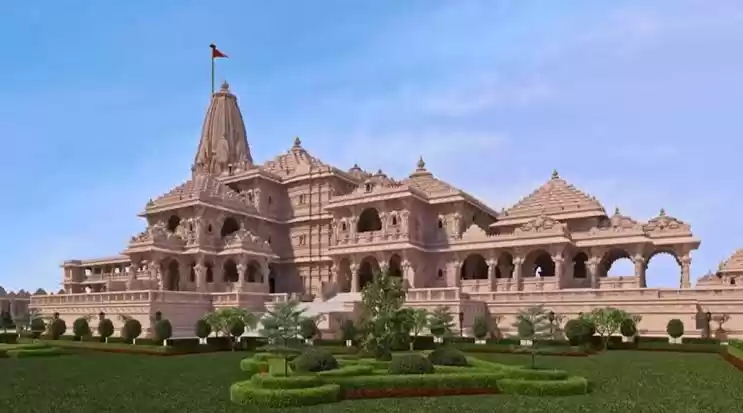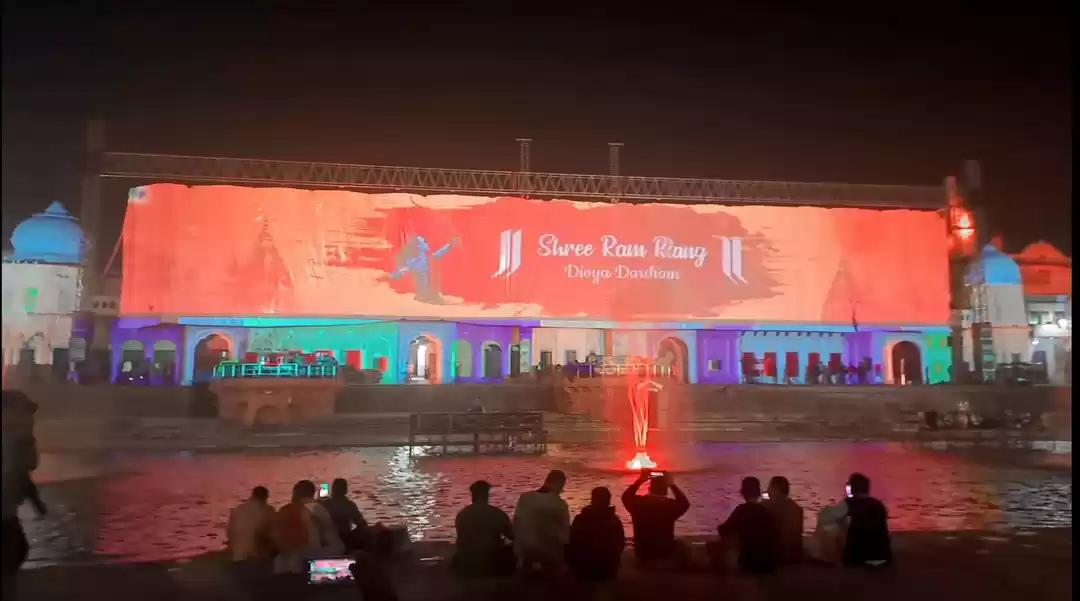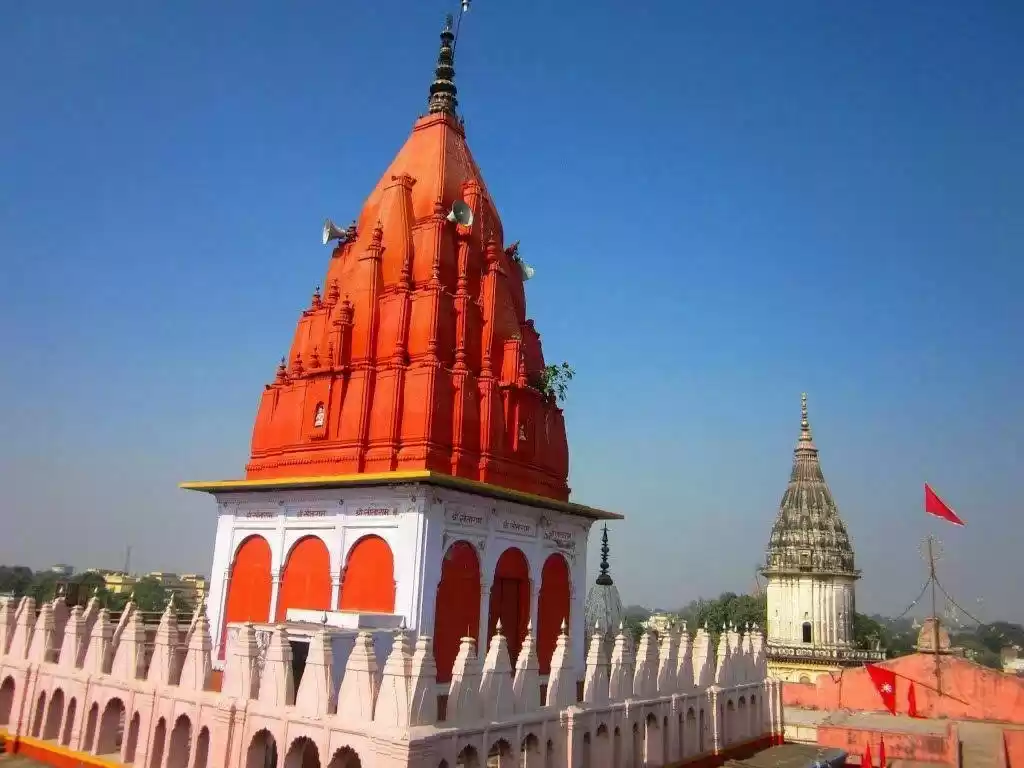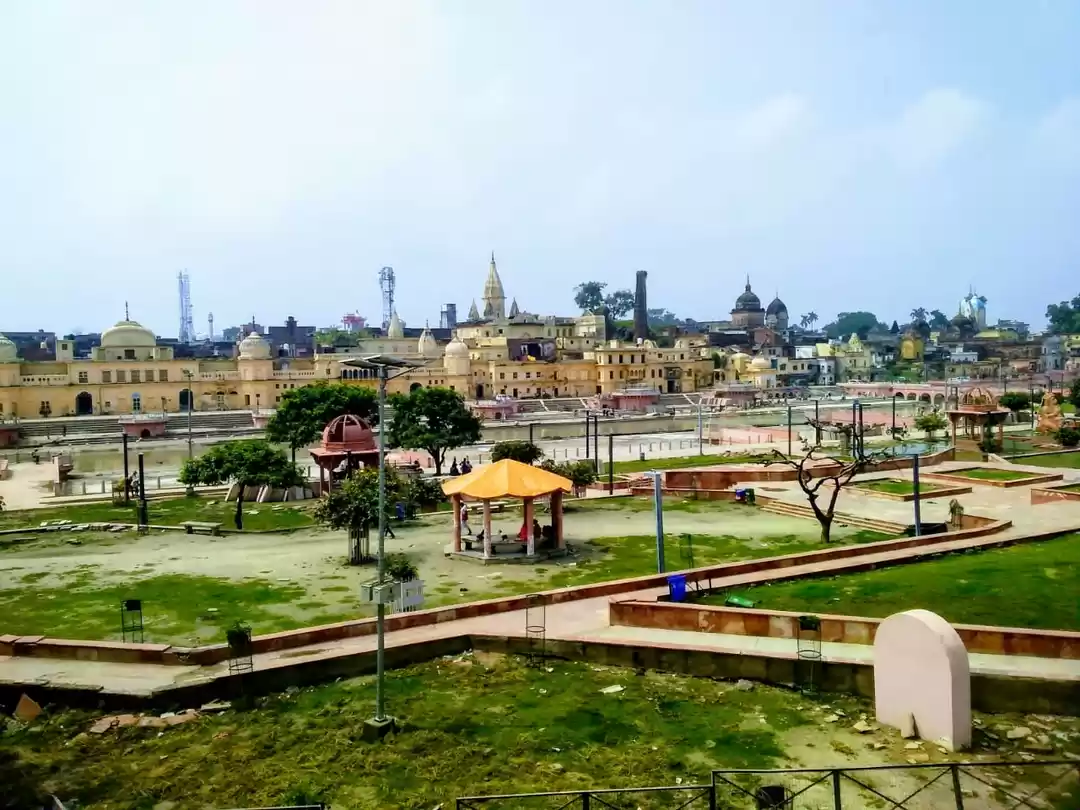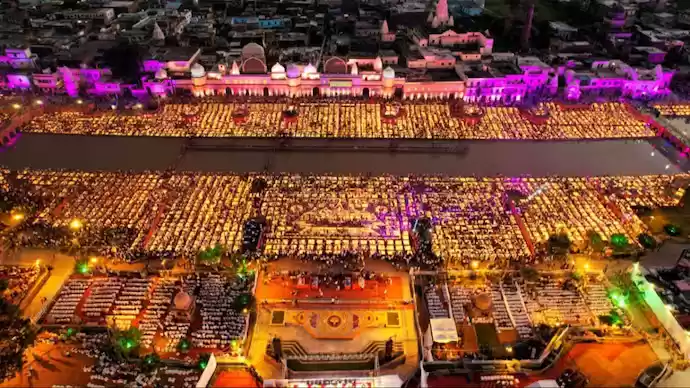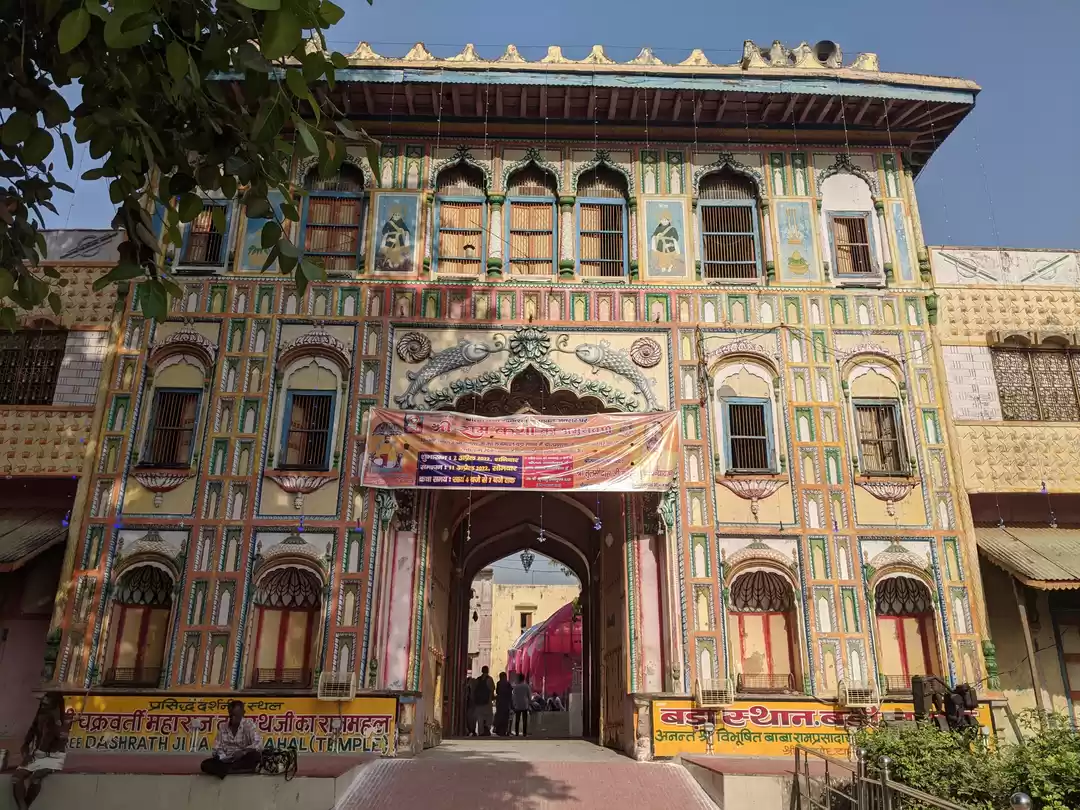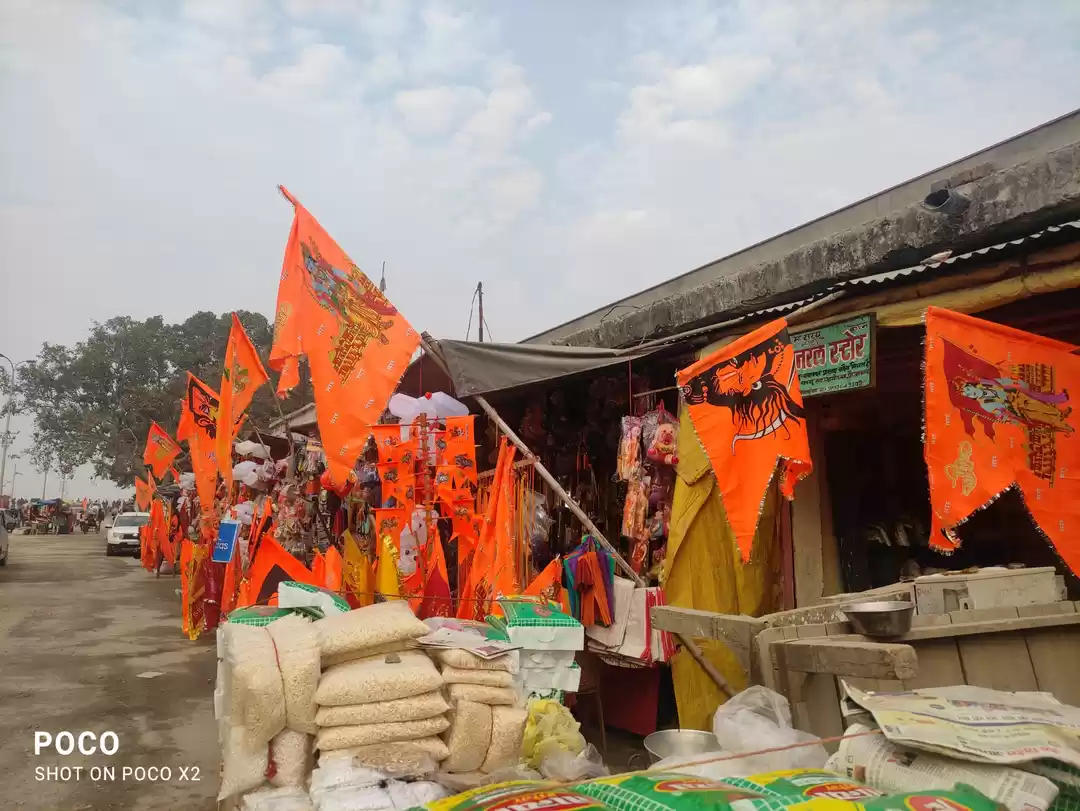Ayodhya the birthplace of Lord Ram and the setting of epic Ramayana. Regarded as one of the seven sacred cities of the Hindus.
A political, historical and socio-religious debate in India, is centred on a plot of land,
traditionally regarded among Hindus to be the birthplace of Lord Ram, and location of the Babri Masjid at the site, and whether a previous Hindu temple was demolished or modified to create the mosque?
Despite the town’s great age, there are few surviving monuments of any antiquity.
Ayodhya is full of temples, but a few that you must see are Ram Janmabhoomi, where we believe Lord Ram was born.
Historical facts, the spot of Ram Janmabhoomi remains one of the most controversial places in India at this point in time. The spot is fortified like no place I have seen. You have to deposit everything you have to enter the premises. No wrist watches, no purses, no wallets, no pens, not even a strip of Lozenges, which I had!
One has to go through multiple security checks and have to walk through the narrow pathways with no place to escape if you need to, and commandos watching you with their keen eyes all the time.
I walked through the whole place with a lot of excitement as well as anxiety, with monkeys jumping all around and the commando's eyes following you.
When I reached the temple, I had to adjust my eyes, as the idol of Lord Ram is small and is sitting in a tent.
As tourists you do not even get close to the tent, it is good 20 feet away from you. A minute is all that you are allowed to stand there and get darshan.
A pujari sat at the fence between us and the temple. He gave us prasad and we put our offerings in the donation boxes. I left the temple sadly. A place of devotion was fortified like a war zone!
After darshan we visited the Ram Janmabhoomi Nyas Trust workshop, and saw all the pillars and other marble carvings ready for the Ram Mandir, when ever it gets permission to be built.
We also did some marble polishing with the help of the artisans working, our little contribution to wards the Ram Mandir "Kar Sewa".
Hanuman Garhi Temple is one of the most popular temples in Ayodhya. It is a lovely little temple. You have to climb a lot of steep stairs approximately seventy to reach the temple, which is high on a hill and has cannons jutting out from the walls. You can see them from the market road. Its striking colors and exquisitely carved silver doors attract your attention.
It is said that when Lord Ram decided to leave the world and enter the Saryu River, he called Hanuman and asked Hanuman to take care of his Ayodhya. Hanuman chose to sit on a hill to watch over Ayodhya. It is believed that Hanuman Garhi temple exists where Hanuman sits guarding the city of Ayodhya.
It is a custom that before visiting Lord Ram Temple or Ram Janmabhoomi one should first pay a visit to Hanuman Garhi Temple.
Kanak Bhawan presented to Sita as a wedding gift by Queen Kaikeyi, Lord Ram's step mother. The most beautiful temple in Ayodhya. Golden in colour and enchanting, with carved walls and windows, and black and white chequered courtyard! Inside there are beautiful idols of Ram and Sita, photography of idols is prohibited. Every evening bhajans take place here.
Guptaghar Ghat where Lord Ram took "Jal Samadhi" in the Saryu River. It's a beautiful, quiet and quaint place. A big temple in pale yellow dominates the scene on the banks of the Saryu.
Ayodhya is situated on the banks of Saryu River. Also called Sarju in nearby Faizabad, is an integral part of Ramayan. Like every sacred city located on the banks of a river, there are plenty of ghats. We could not visit all.
You can take a boat ride on the wide expanse of the Saryu River from Guptaghar Ghat to Laxman Ghat or Janki Ghat and enjoy looking at the skyline of Ayodhya!
Evening Aarti on the Saryu River is nice, but I have attended similar Aarti of Ganga in Varanasi and Haridwar. My personal opinion is the Varanasi Aarti is magical!
Having said that, each River Aarti in India has its own charm and it is a beautiful site to see the river lighted with lamps floating along.
Ayodhya is forgotten in time, and I was glad I made my trip to this ancient , historical and important city identified in present-day as the location of Saketa, which was an important city of the Kosala in the first millennium BCE, and later served as its capital.
